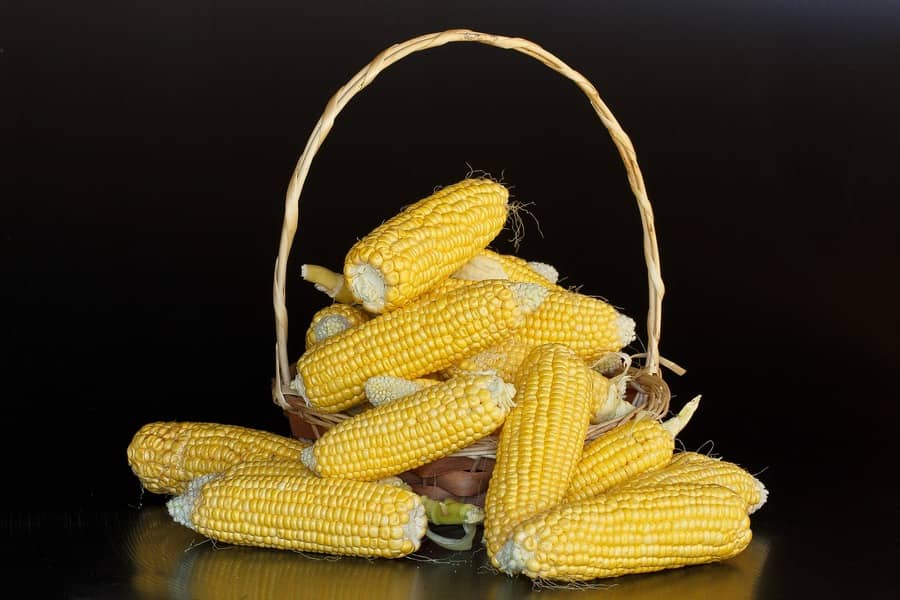Porto Alegre, September 5, 2023 – The 2023 Brazilian export of corn season is advancing significantly. Undoubtedly, the record monthly shipments in July, August and that should also be confirmed in September reflect the great 2023 second crop. October to January will have the greatest competitive influence with US corn, and it seems natural that Brazil will slightly
reduce its pace of shipments. Despite this seasonal curve, we can start considering potential shipments of 53 mln tons this year. The highlights at this moment are the delay in corn sales by Paraguay and the excellent planting start in Rio Grande do Sul.
The harvest of the 2023 second crop is advancing toward its final pace in the states of Paraná, Mato Grosso do Sul, São Paulo and Minas Gerais, as well as in Paraguay. In Matopiba, there are still some remaining crops that did not find commercialization or space in the midst of the general harvest, now awaiting some trading in farms. This process should end in the next fifteen days in Brazil.
Once the harvest is over, the environment turns to planting the 23/24 summer crop. In this context, we are having an excellent start to planting in Rio Grande do Sul and Santa Catarina, with good rainfall in August and with work already in the final phase in the west of both states. The other regions should advance in September/October, when planting is usually later. But conditions have been perfect so far. Southern and southwestern Paraná have sped up the wheat harvest and then must move on to corn and soybean planting.
Growers in the South are defining their planting profile, which will involve area cuts, but not as much as the market wants. In the Southeast and Goiás, area reduction should be greater, but growers are still undefined about the area profile and technology to be used. These are locations that plant a little later and are still finishing the second-crop harvest.
The first point of this planting environment for the 23/24 summer is that Rio Grande do Sul will have harvests in January. With El Nino, a larger crop is expected, with less dependence on corn from other states and Paraguay from December onward. If there is still expectation from the market in the south of the country and Mato Grosso do Sul for highs at the turn of the year, it seems that such vision is a little averse to the trend.
For other regions, what still weighs until January is the need to free up space in warehouses to receive the new large soybean crop. Despite great exports, it should be noted that the largest volumes are from Mato Grosso, most states will have this difficulty in releasing warehouses for the soybean crop, which, as everything indicates, will return to its normal cycle, i.e. harvests in January and February in good volumes. So there is little time for growers to decide to sell all the corn currently stored in warehouses and wait for prices.
Unfortunately, we still hear in the market absurd assessments that a sugarcane problem in India, should it occur, could make corn prices rise in Brazil through ethanol. The reality is that deadlines are short for claims that depend on confirmation only in the long term. This type of projection for the short term is similar to the one that pointed out that India would be the new China in soybeans. Hypothetical situations that confuse growers and lead to errors.
So, what we really have is:
– US harvest from September 10;
– El Nino with projections of better crops in South America;
– Need to sell excess corn via exports.
Well, in the case of exports, Brazil has worked hard to increase their flow. The line-up now shows an accumulated shipment for the year of 30.6 mln tons, and in August actual shipments reached a new record of 9 mln tons. The records of 6 mln tons in July, 9 mln in August, and potentially 10 mln tons in September have raised the projection of shipments to 53 mln tons in the business year. To reach this volume, we will need another 23 mln tons in shipments between October and January, or 5.75 mln tons/month. This rhythm is possible in the midst of the US harvest.
Despite these record shipments, the domestic market has not been able to recover upward movements. This is because prices in ports are unable to rise due to the CBOT. Without hikes in ports, there is no room this year for internal detachment of prices for exports. Perhaps in 2024.
The Brazilian supply and demand framework, therefore, now has an increase in export projections and a cut in stocks to 10 mln tons. There has been no bias of demand decline so far from what we are already projecting, perhaps some adjustments due to cattle confinement. For domestic market prices to recover further ahead, exports will need to stay well above that projection.
Follow the Safras Agency on our website. Also follow us on our Instagram and Twitter and stay on top of the main agribusiness news!
Copyright 2023 – Grupo CMA

